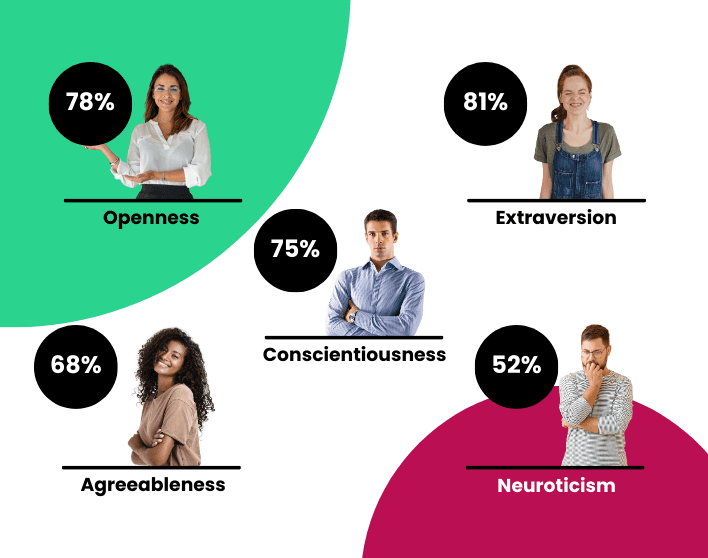The Bryq Team
HR Experts
AI is being used for a variety of tasks by many HR departments around the world. It has received much praise for automating and streamlining a lot of time consuming and repetitive processes.
But just how much can AI assist with in the field of HR? And what are some examples of organizations that have successfully applied it to their workflow?
In this article, we will look at how AI will influence…
Recruitment
Human capital management
Employee engagement
Automated answers
Learning and development
There are both benefits and downsides of using AI in each of these areas of HR. Whether or not the pros will outweigh the cons depends on each individual organization. Read on to discover which areas AI can help you with, and what to look out for if you choose to implement it.
1. Recruitment
A company is no better than the people working in it. But finding good people is not always an easy task. AI can benefit the recruitment process a lot, but it’s not without its own pitfalls.
Pros: AI is widely used in the recruitment process to help HR professionals find, screen, and match candidates to roles within the organization. While humans all have their individual biases, computers do not. Right?
Cons: While computers do not have individual biases they can be influenced by human biases. AI systems are designed to learn from their users so, they too, can learn bias and replicate it. Amazon discovered that when their AI screening system for applicants in the tech department started favoring male applicants over females. That’s why it’s important that HR departments try to be as impartial as possible when programming the AI systems.
Screening tools like Bryq, which are not AI-based, offer a scientifically-backed solution that can help eliminate human bias during the screening process.
2. Human Capital Management
The work is far from over once an organization has sourced the right talent. Employees should be nurtured to help them grow personally and within the organization -- otherwise, they leave. And a high employee turnover can become a costly affair.
Pros: AI assists HR departments with performance analytics, which tells them how well each employee is performing the individual tasks that make up their role in the organization. That, in turn, can optimize the teams of an organization. The data helps guide the career paths of each employee and reduces turnover.
Emily He from Oracle writes how AI can be used to gauge the job satisfaction of each employee by sending out customized surveys with regular intervals. Once collected, the AI system analyzes the data in order to generate a clear picture of their job satisfaction. That helps HR to intervene early in order to prevent unhappy staff from quitting.
Cons: The pitfalls of using AI for HCM are the same as for recruitment. If the people using the software are biased, then there is a risk that the program will adopt the same bias to their detriment.
3. Employee Engagement
Large organizations rely on clear communication and employee engagement to optimize their performance.
Pros: AI can automate a lot of this process and therefore reduce the time spent on it. Many companies also use AI to engage with their employees. It can be used to carry out intelligent surveys, collect feedback in real-time, and personalize internal communication. Employee engagement is often reduced to sending out standardized surveys. AI can provide HR with a more nuanced picture of what employees experience and how they communicate.
Cons: The data collected by AI is only as useful as the people who interpret it. It can be tempting for HR departments to use the newfound data to micromanage employees, which in turn can reduce job satisfaction.
4. Automated Answers
Many HR professionals spend valuable time answering the same questions over and over again. These questions include “when are the public holidays?” and “when will I get paid?”
Pros: AI can help free up that time by automating the answering of those questions. Organizations like Sparkhound have developed chatbots that answer the most common HR questions. That frees up the time and resources of HR departments to work on other tasks. Chatbots and virtual assistants can help answer any questions employees and prospective candidates might have. That not only saves time but also provides accurate answers.
Cons: As with all digital communication, chatbots are susceptible to hacking. That can seriously compromise the safety of an employee’s sensitive personal information. And as cyber-attacks become a growing concern for organizations, this should definitely be factored in.
5. Learning and Development
HR departments are often tasked with the development of staff knowledge on new procedures, tools, and programs. AI can also facilitate a smoother learning process for all employees.
Pros: AI is being used to tailor eLearning to each individual employee. It is also used to track and analyze their performance so that no one is falling behind the rest of the team. Tools like virtual mentoring can guide and track the learning journey. The data it collects can then later help L&D leaders to optimize each training module to get it closer to perfection.
Cons: There are also downsides associated with using AI in L&D. Not only can employees risk technology addiction but they will also not experience the same human connection as before.
Should You Use AI in Your HR Department?
As you can see, there are many practical applications of AI in virtually every aspect of HR. It can assist your HR department throughout the employee lifecycle and greatly improve their experience.
But beware of the downsides.
AI is far from a finished article, and it could cause problems if not used properly. Fortunately, it’s a rapidly evolving space, so we expect to see many of the kinks ironed out in the coming years.
Whether AI will ultimately benefit or hinder your organization depends on its structure.
Most major corporations have already adopted AI technology and have reaped the rewards. For smaller businesses and charities, however, the costs of the AI could outweigh the benefits.








